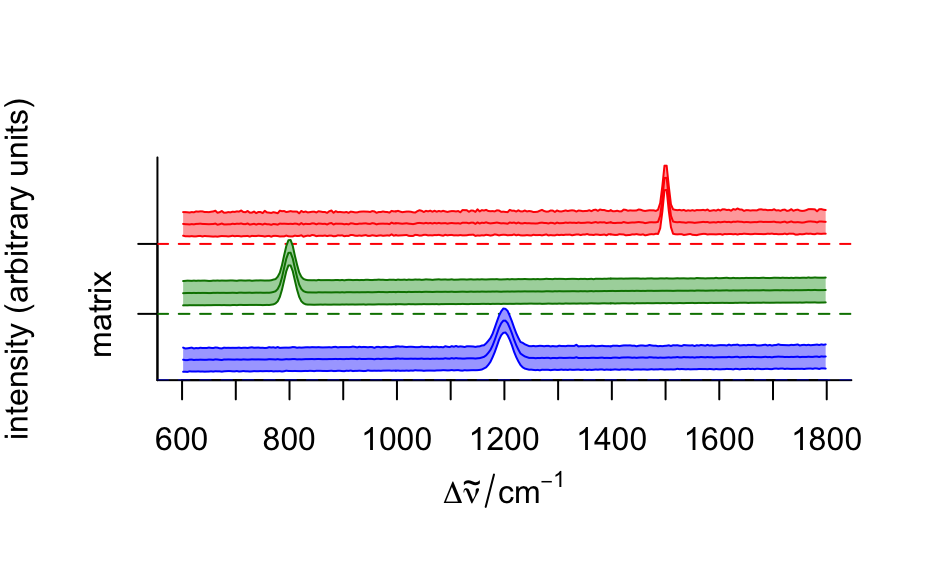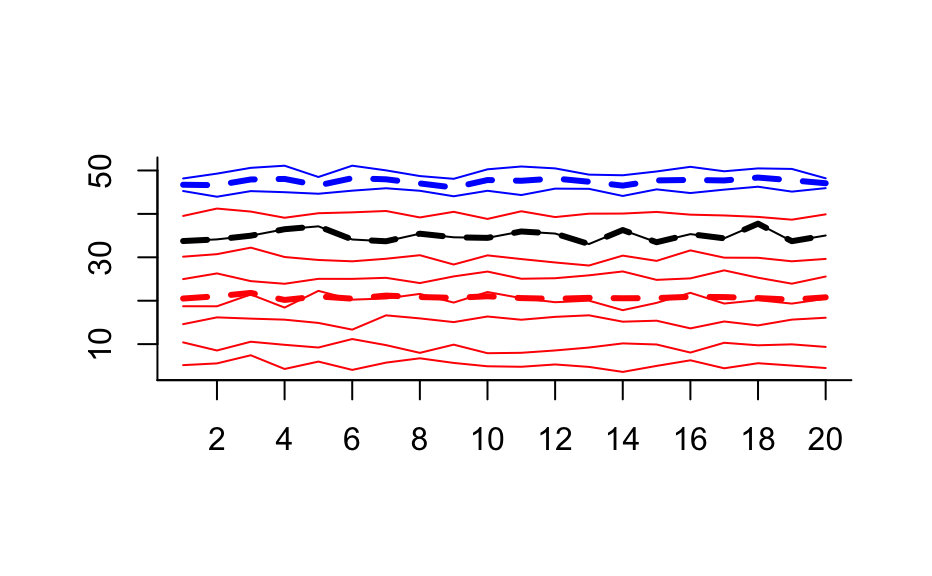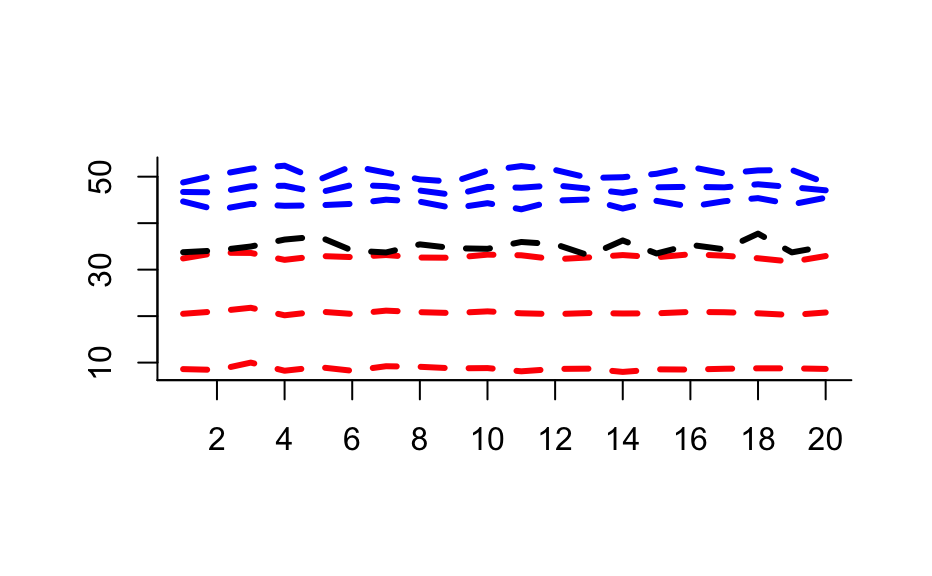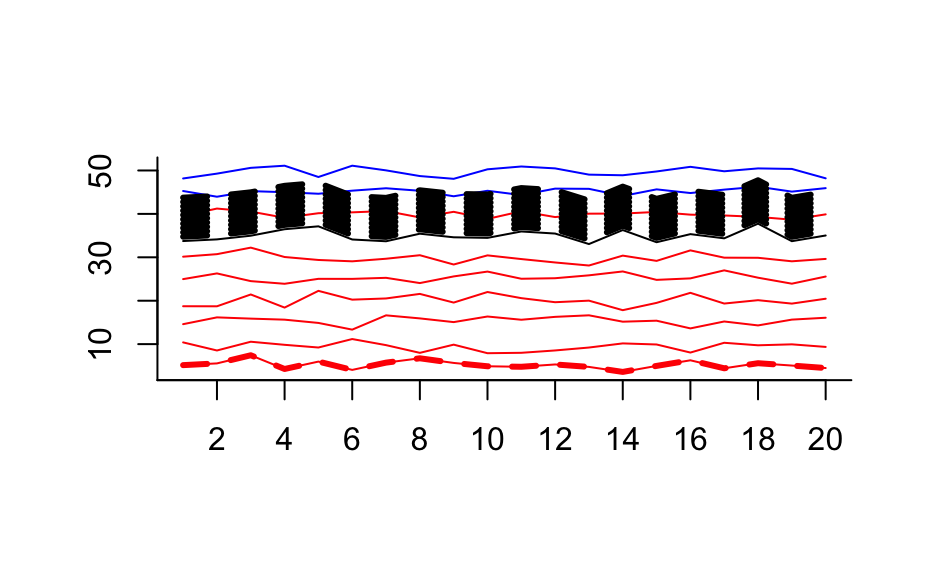Compute summary statistics for subsets of a hyperSpec object.
# S4 method for hyperSpec aggregate( x, by = stop("by is needed"), FUN = stop("FUN is needed."), ..., out.rows = NULL, append.rows = NULL, by.isindex = FALSE )
Arguments
| x | a |
|---|---|
| by | grouping for the rows of Either a list containing an index vector for each of the subgroups or a
vector that can be |
| FUN | function to compute the summary statistics |
| ... | further arguments passed to |
| out.rows | number of rows in the resulting |
| append.rows | If more rows are needed, how many should be appended? Defaults to 100 or an estimate based on the percentage of groups that are still to be done, whatever is larger. |
| by.isindex | If a list is given in |
Value
A hyperSpec object with an additional column
@data$.aggregate tracing which group the rows belong to.
Details
aggregate() applies FUN to each of the subgroups given by by.
It combines the functionality of stats::aggregate(), base::tapply(),
and stats::ave() for hyperSpec objects.
aggregate avoids splitting x@data.
FUN does not need to return exactly one value. The number of
returned values needs to be the same for all wavelengths (otherwise the
result could not be a matrix), see the examples.
If the initially preallocated data.frame turns out to be too small,
more rows are appended and a warning is issued.
See also
Author
C. Beleites
Examples
region.means <- aggregate(faux_cell, faux_cell$region, mean_pm_sd) plot(region.means, stacked = ".aggregate", fill = ".aggregate", col = matlab.dark.palette(3) )## make some "spectra" spc <- new("hyperSpec", spc = sweep(matrix(rnorm(10 * 20), ncol = 20), 1, (1:10) * 5, "+")) ## 3 groups color <- c("red", "blue", "black") by <- as.factor(c(1, 1, 1, 1, 1, 1, 5, 1, 2, 2)) by#> [1] 1 1 1 1 1 1 5 1 2 2 #> Levels: 1 2 5## Example 1: plot the mean of the groups plot(aggregate(spc, by, mean), "spc", col = color, add = TRUE, lines.args = list(lwd = 3, lty = 2) )## Example 2: FUN may return more than one value (here: 3) plot(aggregate(spc, by, mean_pm_sd), "spc", col = rep(color, each = 3), lines.args = list(lwd = 3, lty = 2) )## Example 3: aggregate even takes FUN that return different numbers of ## values for different groups plot(spc, "spc", col = color[by])weird.function <- function(x) { if (length(x) == 1) { x + 1:10 } else if (length(x) == 2) { NULL } else { x [1] } } agg <- aggregate(spc, by, weird.function)#> Warning: At3of3levels: Output data.frame too small. Consider using anappropriate value for out.rows to speed up calculations.agg$.aggregate#> [1] 1 5 5 5 5 5 5 5 5 5 5 #> Levels: 1 2 5



